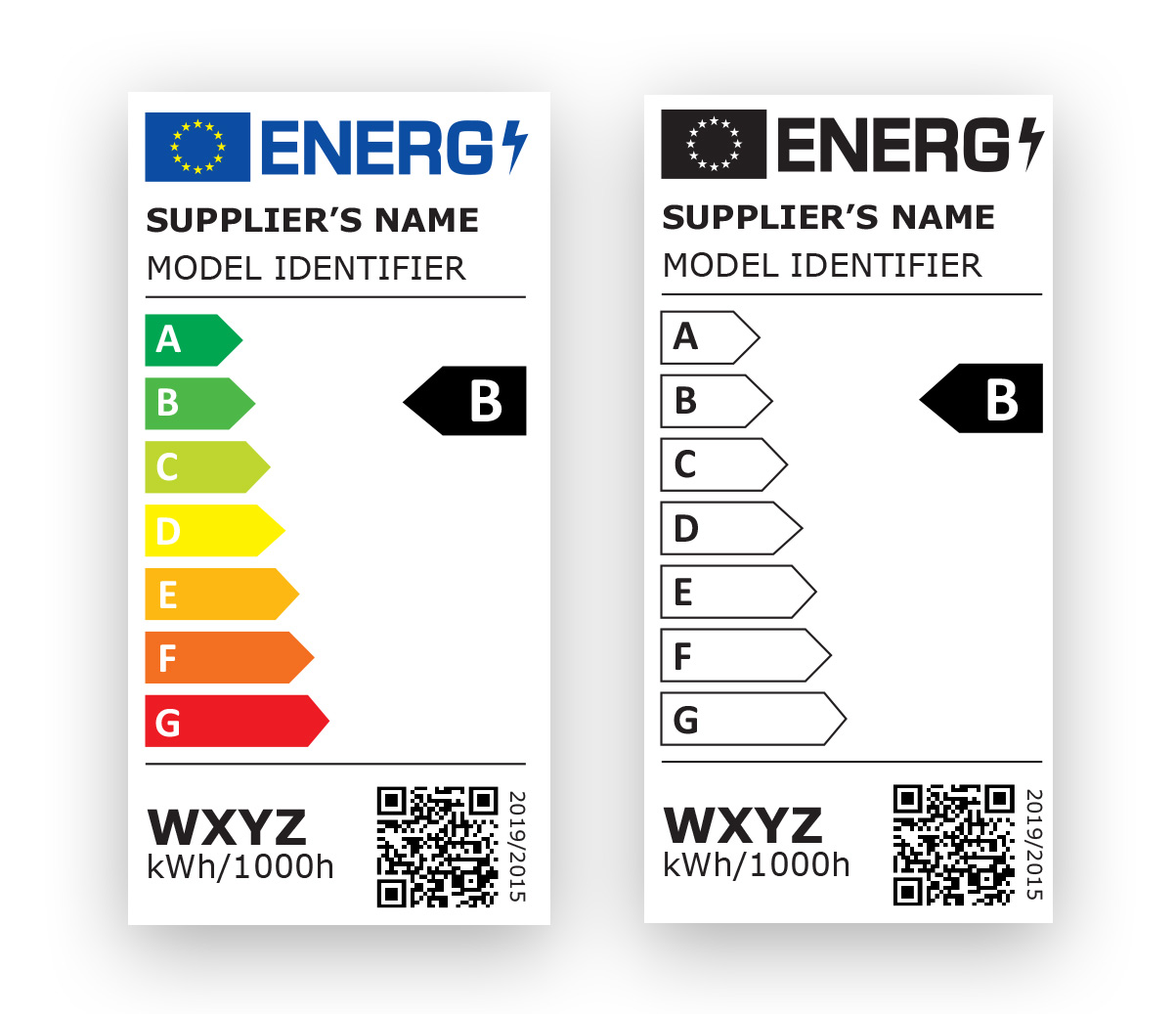Energy: Difference between revisions
No edit summary |
No edit summary |
||
| Line 14: | Line 14: | ||
**Solar | **Solar | ||
**Water | **Water | ||
* Clean energy | |||
* Green energy | |||
==Energie to run== | ==Energie to run== | ||
Revision as of 12:12, 20 September 2022
Energy to
- Make (e.g. Brewing beer)
- Transport & Store (e.g. Frozen Food Logistics)
- Run (e.g. Watch TV, heat your home, drive your car)
- Recyling / waste management
Energy source used for these activities can be split into:
- Fossilfuels
- Coal
- Gas
- Oil
- re-newable
- Wind
- Solar
- Water
- Clean energy
- Green energy
Energie to run
EU Energie labels: EPREL
Consumers can find detailed information about energy labelled products and models in EPREL. It offers the possibility to identify which products have the best cost-efficiency ratio for a specific need. Information on other aspects than a product’s energy use, such as its possible water consumption, noise emission, extension of the warranty, availability of spare parts, duration or product support, is also provided.
The energy labelling legislation covers over 30 different products, which are grouped as follows:
- Air conditioners
- Cooking appliances (domestic)
- Dishwashers (household)
- Heaters (space and water heaters)
- Light bulbs and lamps
- Local space heaters
- Fridges and freezers (household)
- Refrigeration (professional)
- Refrigeration with a direct sales function
- Solid fuel boilers
- Electronic displays (TV, monitors, signage)
- Tumble driers
- Ventilation units (residential)
- Washing machines (household)
- Tyres
The EPREL database generates all energy labels based on the data that suppliers entered when registering their product models. Every product is available from a model description page in EPREL, where labels and product information sheets can be viewed and downloaded. These labels are also available in high resolution and vectorial format for use by professionals. Access to the models description page is possible in these ways
